Rene | William Rand | New York Diaries

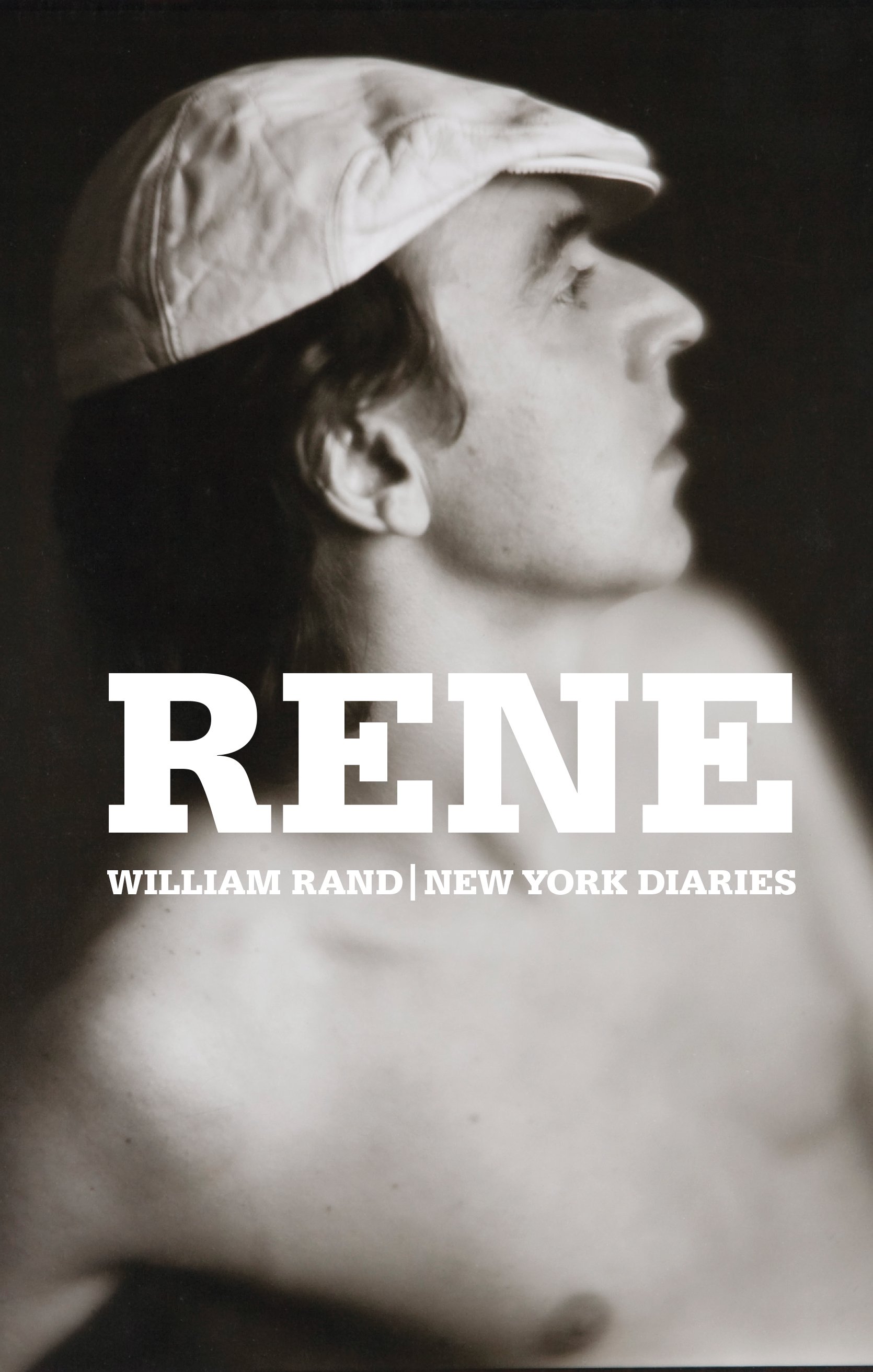

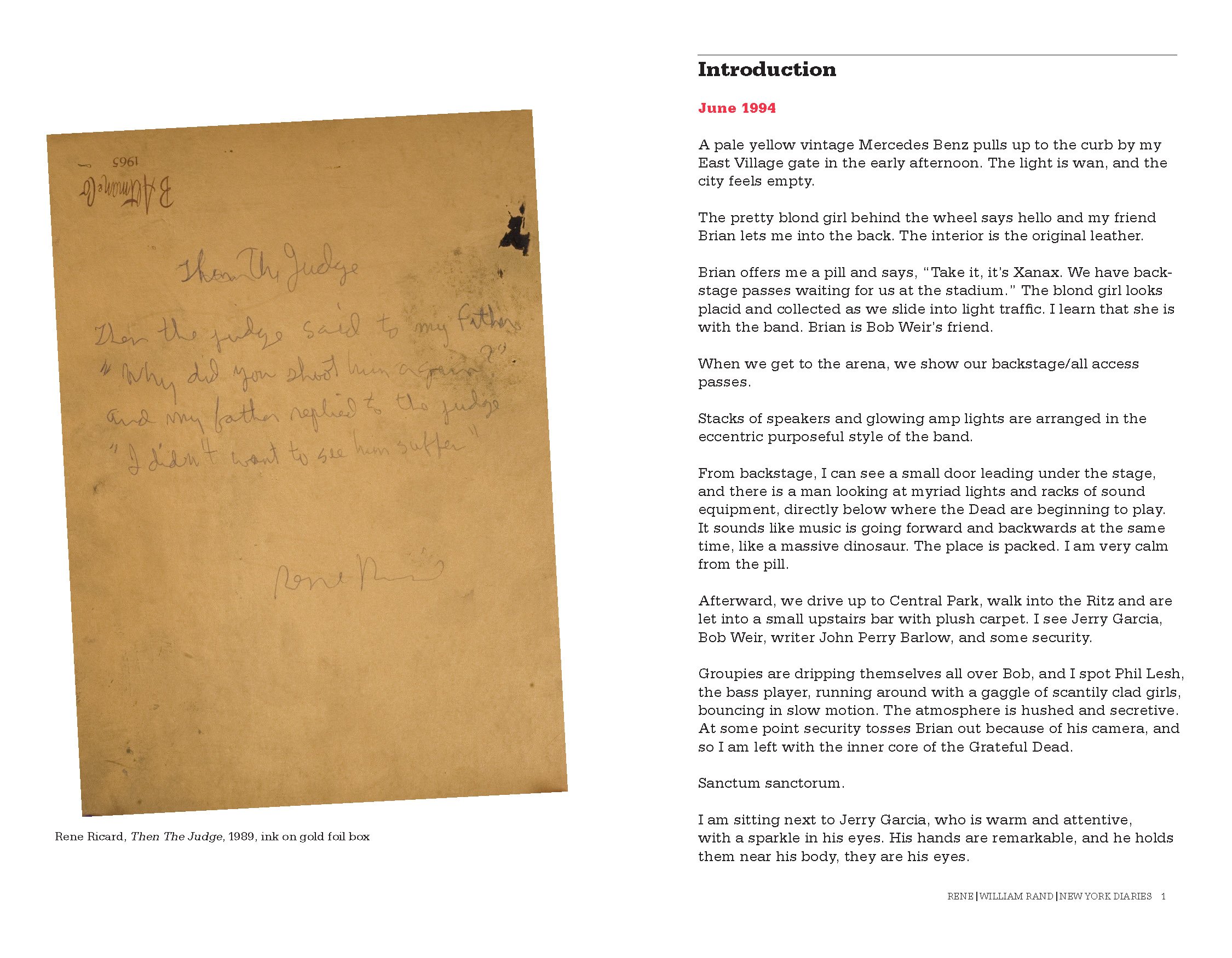

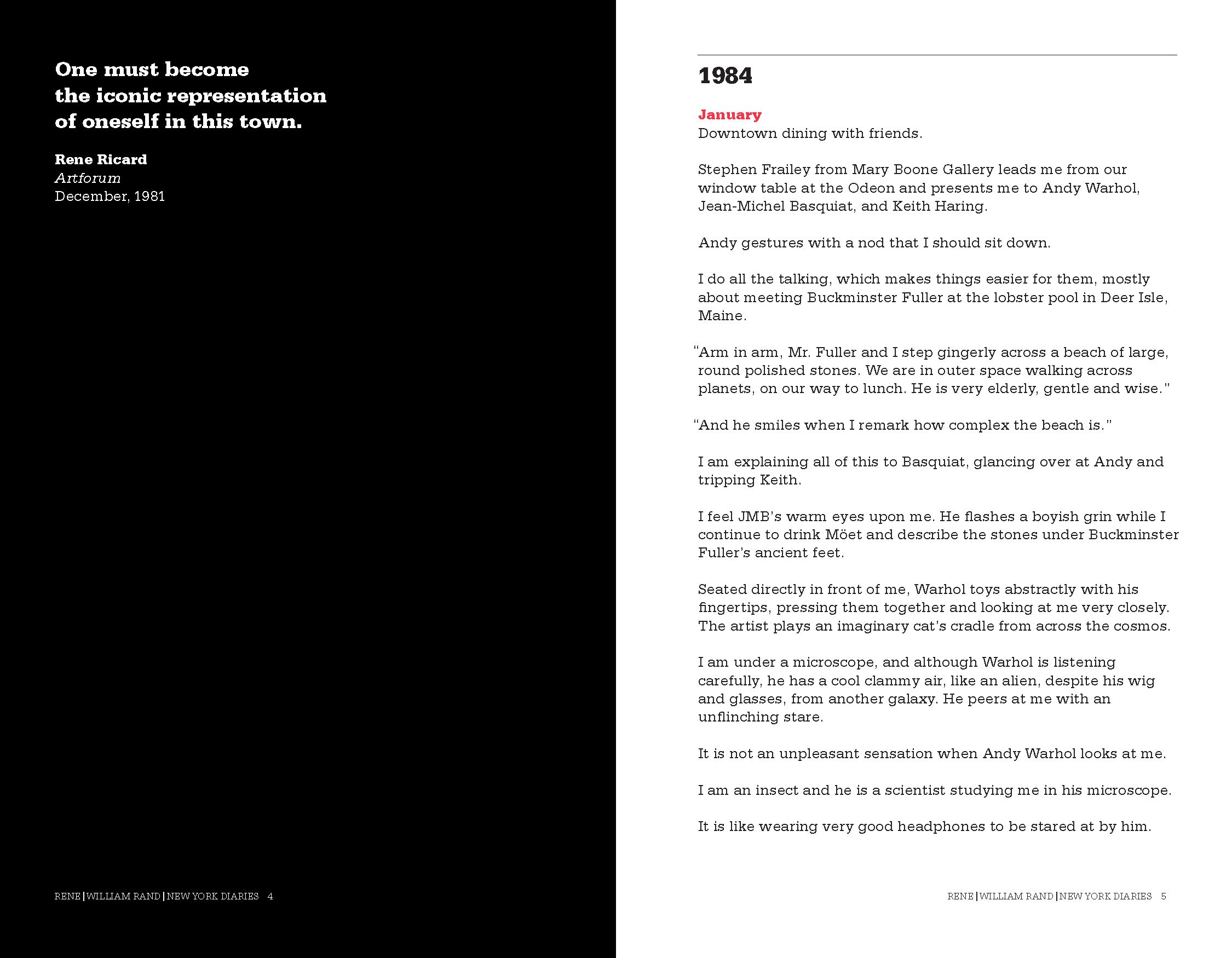
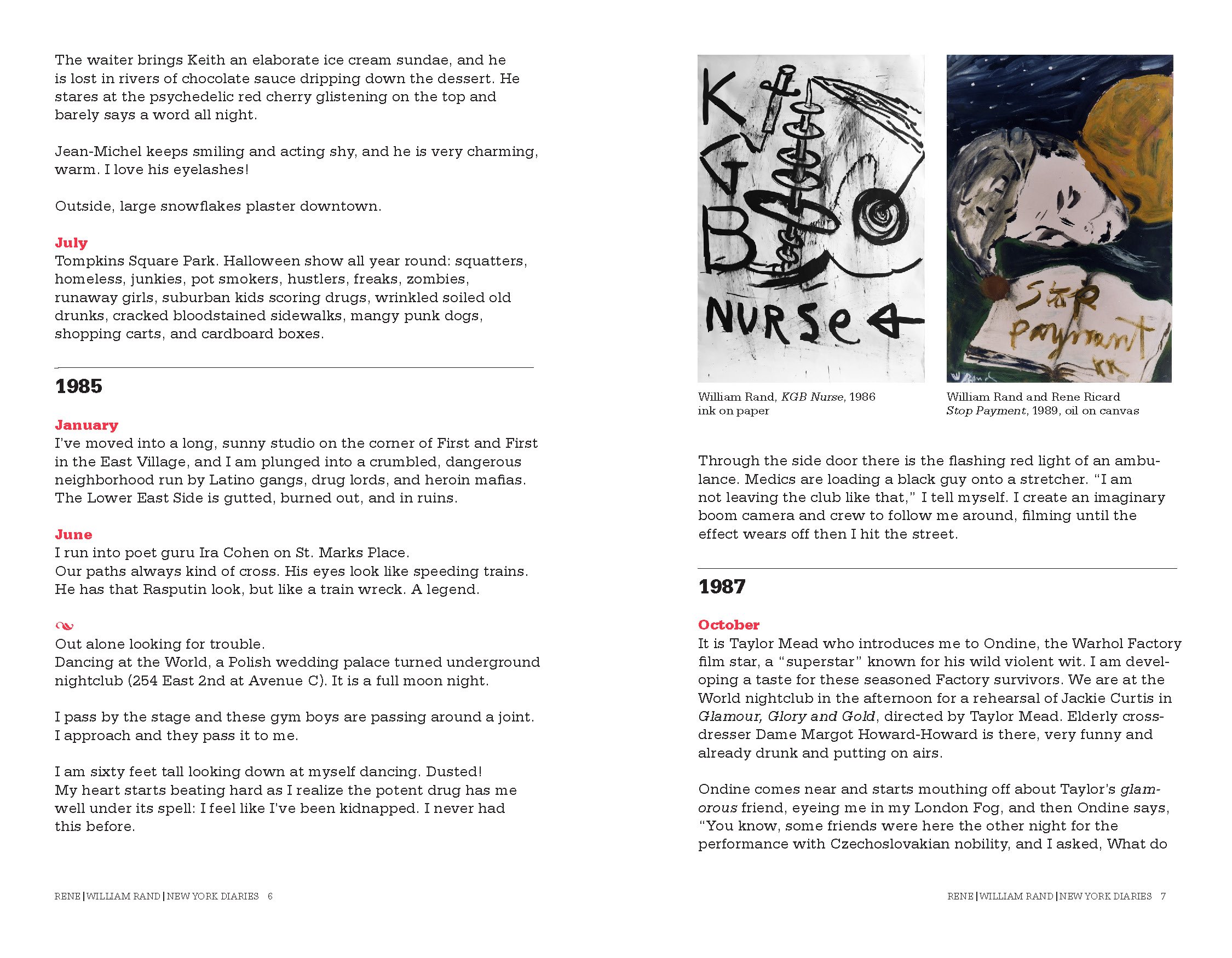
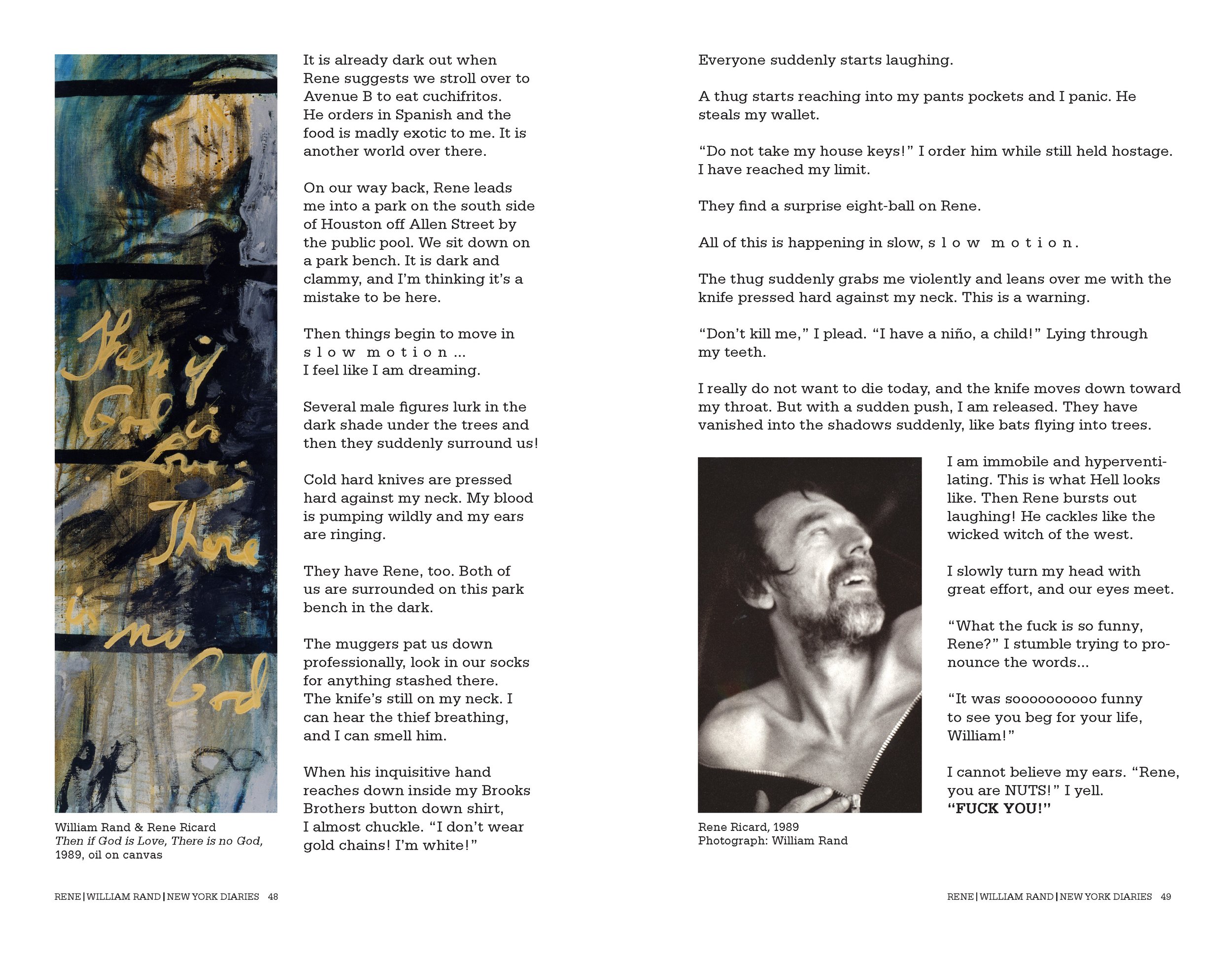

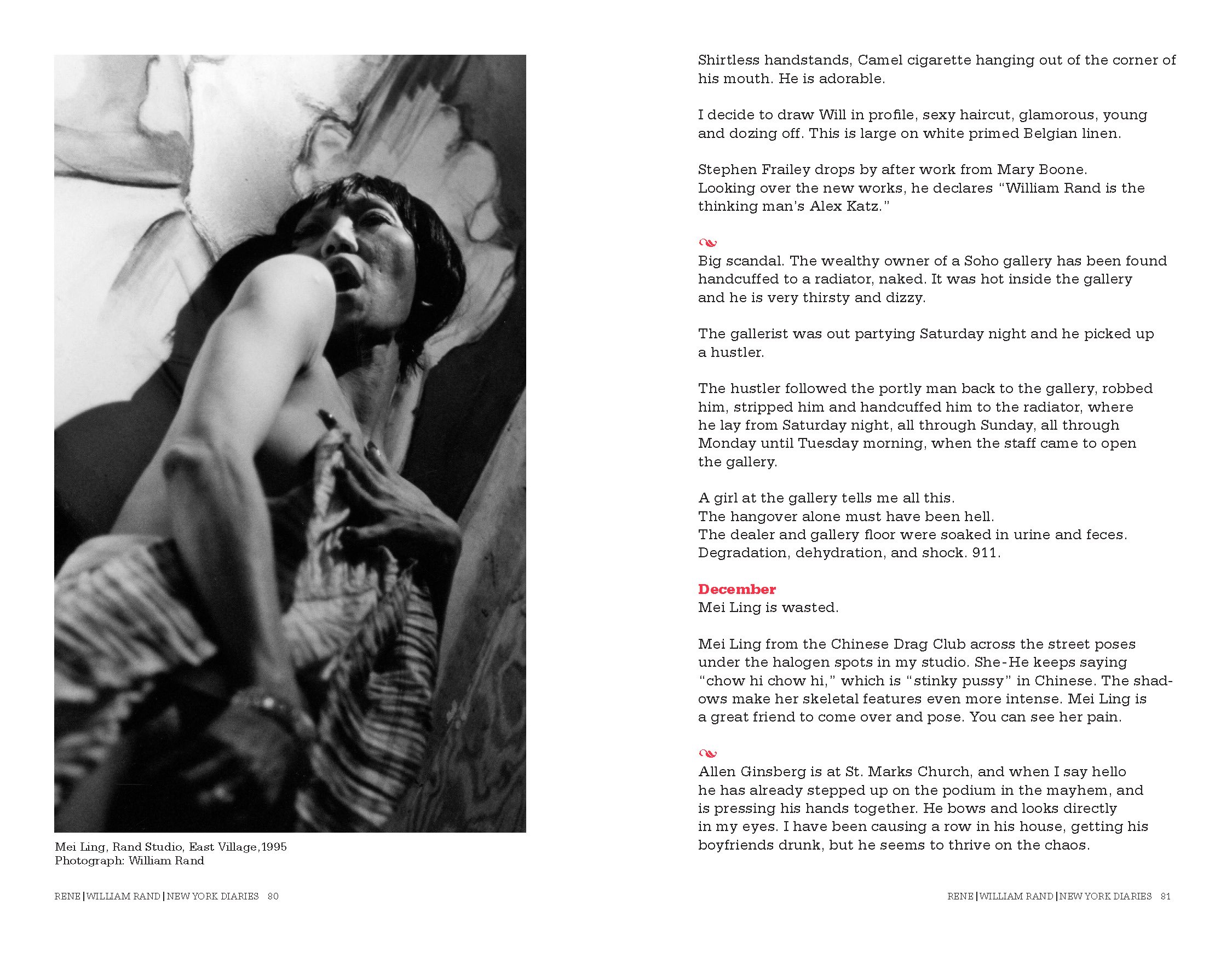

Rene | William Rand | New York Diaries
William Baker Rand, (B.1953) is an American draftsman, painter, sculptor and writer. Born in Ontonagon Mich, Rand grew up on the Maine coast. 8.5 x 5.5 inches
We are now far enough from these events that this diary has the effect of a time capsule. I’m struck by how very different the art world was back then. It is amazing how conservative things have gotten. I think people would be completely shunned today if they exhibited this type of behavior. Which, during those days, was practically considered normal.
Rene Ricard was one of those outrageous bohemian figures who had lived live on the edge every single day — like Gregory Corso or Bob Kaufman or Harry Smith. Nobody can tell the future, but I don’t think figures like that are going to come our way again, I’m not sure why, and I hope I am wrong, but it’s just a feeling I have. People were different back then, I think it had to do with the way they were brought up and the things they saw happening in the world, whether it was the atomic bomb, the beat era of the 1950s or the counter culture revolution of the 1960s. These were one time events never to be repeated. Even at the time I was aware how unique so many of these characters were, like Rene Ricard, William Burroughs, Allen Ginsberg. For me they were truly gods who walked the earth.
I think the method that William Rand used to document these events was brilliant: just write a few lines down on a sheet of paper and throw it into a shoe box. I think something people don’t always realize is, if you do a little every day, years later it adds up to a lot. The poet James Schuyler once said to me:” The important thing about keeping a diary is not to get upset if you miss a day or a week or even a month. It’s only when you start missing entire years that you should begin to be concerned.”
What I love about this diary is while it focuses on Rene, it gives the reader all sorts of details about the New York downtown scene: The restaurants and bars, the transvestite clubs, gallery openings, passersby and random street crime, etc. There’s also a marvelous cast of supporting characters: Taylor Mead, Dame Margo Howard-Howard, Andy Warhol and the now legendary episode of Ed Brezinski being rushed to the emergency room after eating a Robert Gober artwork.
Rand’s powers of observation and his literary skills are keen and subtle. Numerous times now I have read the book through in a single sitting. Having lived through this era, having known nearly all of those characters and even appearing in the dairy once or twice, I can attest to the accuracy of these events and descriptions, both in letter and in spirit. The combination of the minute and the momentous make for a riveting reading experience.
It’s hard to believe people lived this way and survived. (Well, some of them at least). I think one thing that readers should know is that Rene himself actually managed to get out of this vicious circle of addiction and trauma and homelessness, and went on to live another twenty years of a productive life as a painter and a poet. Which just goes to show, where there is life, there is hope. And despite his (at times) rather extreme personal transgressions, if Rene stood for anything, it was LIFE.
Let’s not forget that a large number of people valued Rene’s talent and responded to his intelligence and personal honesty, to the extent of taking him in for the night, paying for his meals, publishing his poems, giving him gallery shows, coming up with the excessive fees for poetry readings that he demanded (and deserved) etc. This book is testament to that sense of community. This was a family—a highly dysfunctional one, but then again, what family isn’t?
Stan Brakhage once said about the Harry Smith oral biography American Magus, it…was almost like being with Harry, and certainly a whole lot safer.” I feel that way about William Rand’s dairy.
— Raymond Foye
Writer, Editor, Curator, Publisher
